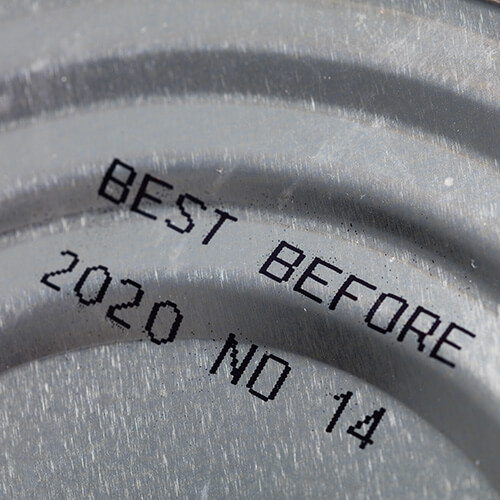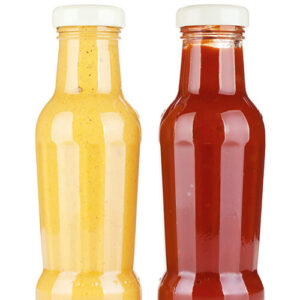
What Horrors Are Lurking In Your Fridge?
October 30, 2018 | Fridge Tips | No comments
Deep inside the draws, lurking in the corners and hiding in containers, your fridge could be carrying all sorts of doom and gloom!
Could it be those dinner leftovers you promised you’d heat up weeks ago, rotten vegetables that never saw the light of the oven or condiments that should have been binned months ago? Whatever it is, it’s time for a fridge purge.
So, dig out your protective gear, pull on those rubber gloves, grab your bin bags and dive in!
Step 1: Check the Dates!
First things first! Check the date on everything in your fridge and get rid of the ones that have past. With fruits and veg you can usually tell when they have past their best, but it’s best to go by the dates if your not sure.
Sell By, Use By and Best Before
Now this is the confusing part! Misunderstanding of food packaging labels leads to billions of pounds of food waster every year! Here’s the gist of what they mean:
Sell by: This is aimed at retailers to inform them of the date the product should be taken off the shelves. This, however does not mean it’s unsafe to consume as this time depends on the actual product.
Use by: This label is to inform consumers of the date which the product should be consumed by. This is sometimes because of the quality but it can also mean that the product could make you ill if it is used after this date.
Best before: This date is a suggestion to the consumer on which date the product should be used by to insure ideal quality.

Step 2: Know When to Throw
If you’re a lover of bulk cooking and like to keep it in the fridge for a quick dinner prep, this ones for you! Here’s a guide to how long you should keep which foods in your fridge and when to chuck them!
Refrigerated foods
Ground beef, turkey, veal, pork or lamb
Stew meats
Chicken or turkey (whole or parts)
Steaks, chops or roasts
Variety meats (tongue, kidneys, liver, heart)
Sausage – raw from meat or poultry
Fresh fish and shellfish
Cooked casseroles, soups and stews
(meat, poultry and fish)
Eggs -Fresh in shell
Raw yolks, whites
Hard-cooked
Cooked egg dishes
Storage times
1-2 days
1-2 days
1-2 days
3-5 days
1-2 days
1-2 days
1-2 days
3-4 days
3-5 weeks
2-4 days
1 week
3-4 days
Step 3: Sauces and Salads Dressings

This is tricky, because depending on when you open them, the time you should keep them varies. Salad dressings and condiments usually have a use by time once opened and this can vary between 2 weeks and 2 months. Some sauces such as ketchup and mayonnaise should be thrown away if kept longer than 3 months. Be sure to read the packaging and it’s a good idea to label it with the date it should be thrown away!
Step 4: Clean!
Now you’re rid of your fridge demons, it’s time to have a good clean! Remove all items from your fridge, including the draws and shelves. Wipe down the inside and outside of the fridge and wash draws and shelves with warm soapy water. Whilst they are drying, hoover the coils at the back of the fridge to not only keep it clean but help it run more efficiently, saving on your energy bills! To keep any devilish smells at bay, invest in a fridge deodoriser.
Top Fridge Tips!
 Get the right temperature! Fridges should be set to maintain a temperature of 40°F or below.
Get the right temperature! Fridges should be set to maintain a temperature of 40°F or below.

 Follow expiration dates.
Follow expiration dates.

 Label left overs and bottled sauces to know when to throw away.
Label left overs and bottled sauces to know when to throw away.

 If in doubt, throw it out!
If in doubt, throw it out!

Tags: Fridge Maintenance, Fridge Tips

